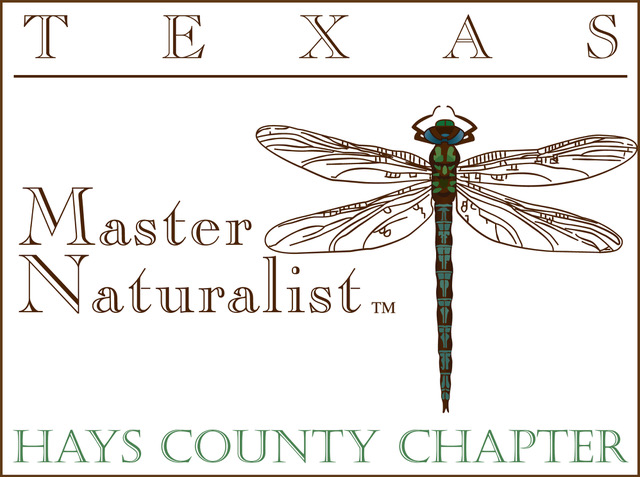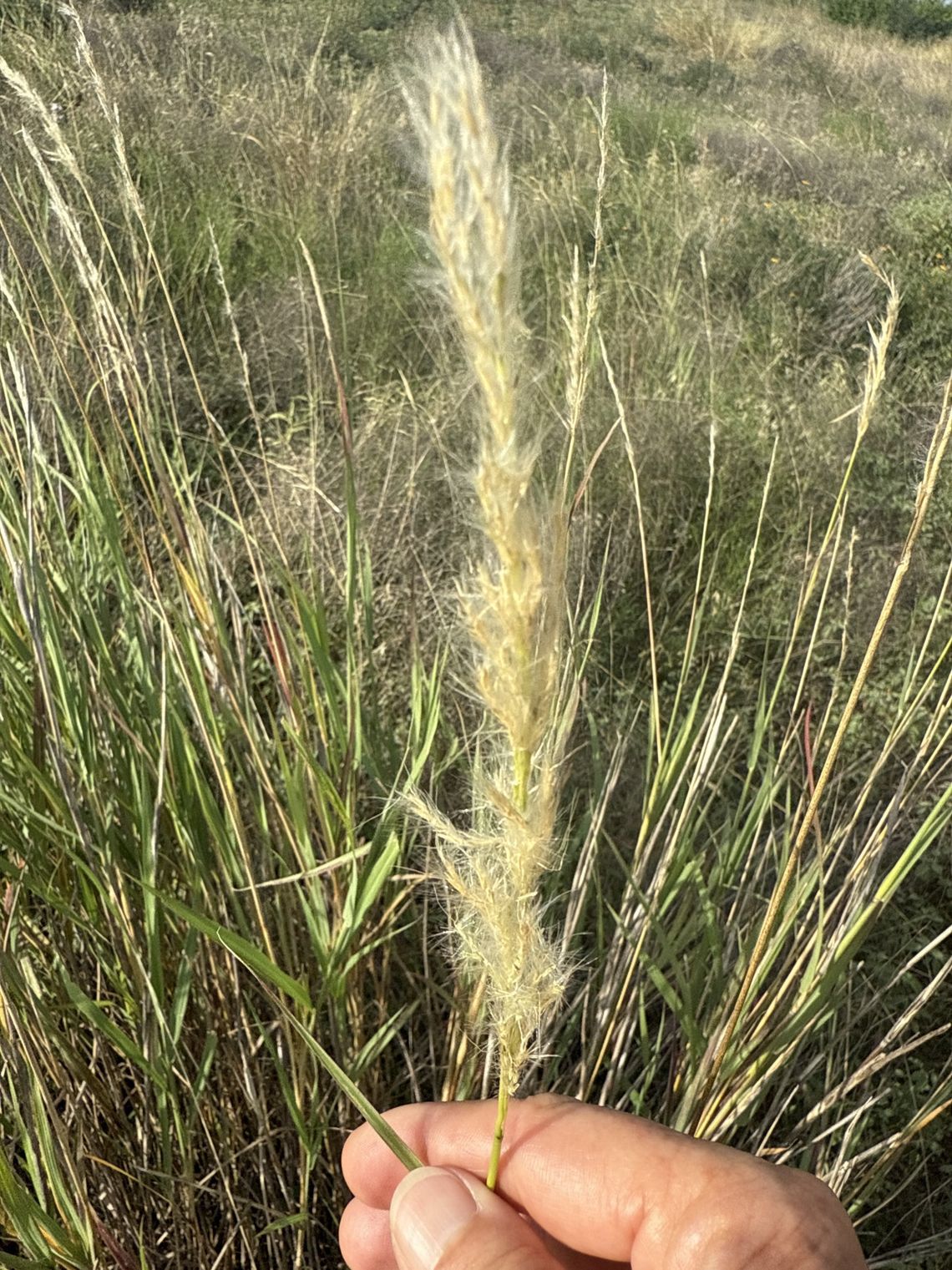Native grasses are ideal for landscapes, lawns

The most successful form of plant life makes up almost 20% of all plants including two grasses that are very rich in nutrients. Both rice (1st cultivated 10,000 yrs. ago) and wheat (covers more land than any other kind of plant) are so rich in nutrients that humans have an ongoing direct or indirect agricultural relationship with them.
Grass has evolved over half a billion years, diversifying into at least 10,000 different species capturing energy from the sun and covering every habitat. Currently, 560 species of grass exist in Texas, while 280 species thrive in the Hill Country. The Poaceae Family also play key roles in landscaping, sports fields, lawns and wildlife habitat.
Grasses are monocots, having a single embryonic leaf in the seeds. They have hollow, round stems (internodes) between the nodes. The leaves are long and narrow with a sheath that clasps the culm (stem) where they are attached. They are vascular plants with many fibrous roots. As a matter of fact, most native grasses of Texas have roots that can double or triple the size of the above ground plant itself. Introduced or Non-Native grasses have much shorter root systems which survive only on surface moisture.
The top four native tall grasses include Little Bluestem, Indian Grass, Big Bluestem and Switch Grass. Depending on the specific grass they can range from 36” to 72” tall in ideal conditions. The latter three of these grasses prefer moist soils such as near areas of runoff or creek beds in order to capture rainwater for their deep roots. Sideoats Grama, the official grass of Texas, along with Little Bluestem, Silver Bluestem and Big Muhly grow in upland or savannah habitats. All of these grasses are tall bunch grasses which should not be regularly mowed since a close scalping would first kill the roots then eventually the entire plant itself. Instead, a high trimming (8-10”) once/year in late January can be done after seed heads have dropped. Or no trimming at all to keep a natural grass prairie or “Wildscape.” Native grasses existing on your land could be a great source for seed collection to distribute to other barren rocky slopes or meadows as a means to slow rainwater down and prevent erosion.
Little Bluestem (Schizachyrium scoparium) is one of the most wildly ranging bunch grasses in the state, growing in a wide variety of moisture or drought conditions. This grass can begin with culms of bluish, pale green color in the Spring gradually transforming to culms with internodes of alternating red and lime green colorations. Large stands of Little Bluestem turn a dazzling russet color in the Fall and Winter. Silver Bluestem (Bothriochloa laguroides) on the other hand, has almost white internodes producing a silvery, fluffy inflorescence. This seed head forms a densely contracted panicle with short-awned spikelets. Warblers and other migratory birds choose seeds from both of these grasses for quick energy on their long journeys.
If you prefer shorter grasses 12” or less, perhaps surrounding your residence, native grass mixtures are readily available. One mixture that is commonly used for landscaping or lawns includes Buffalo grass, Blue Grama and Curly Mesquite (Thunder Turf). These grasses develop much deeper root systems than commercial Bermuda, St. Augustine and Zoysia, survive extreme drought conditions and require no mowing. As a matter of fact, if mowed especially at the low setting these grasses will not be able to reseed annually nor even survive. When the leaves are scalped low the root system is not able to receive the carbohydrates or sugar from the photosynthetic ability of the reduced remaining leaf blades. If you choose to plant these grasses regular watering is needed until the roots are fully established.
Buffalo grass (Buchloe dactyloides) is often used as a native landscape and lawn turf since once established, it requires much less water and virtually no mowing; mowing very high after seeds drop, once or twice per year is sufficient if at all. It is very tolerant of extreme temperatures in both the summer and winter. This perennial grass has very fine blades 3-10” long with a short fluffy tuft of flowers at the tip. If Buffalo grass blades reach 8-10” they lay down forming a soft carpet. This grass was historically grazed on by American Buffalo, thus the given name.
Seep Muhly is also a low growing native bunch grass that survives in areas that seep with moisture (thus the name). It could be planted or seeds sown on slopes or near a wet weather creek. Its preference is to capture rainwater before it flows downward. It also acts as a soil stabilizer since few other plants generally exist on these rocky slopes. This grass has uniquely fine and somewhat curly leaves with a beautiful purplish inflorescence (seed spikelets or flower).
All of the native grasses, both short and tall, have extensive root systems. These will slow down rain water runoff, prevent soil loss/erosion, capture sediment, improve water quality, and allow filtered water to percolate down into the aquifers. Native grasses absorb more water at a faster rate than even forbs: thus they are ideal for flash floods. Restoring these natives is ideal for your land especially if you have some sloping areas creating a potential for water run-off during extreme rain events.
All of these natives provide seed and forage for birds and small animals. Parts of these grasses are also used for denning and nesting material. Collectively, they are host plants for the common Wood Nymph, Leonard’s and Swarthy Skippers, and Zabulon skipper butterfly larvae. A good source of information may be found in the Native American Seed Catalog: https://wwwseedsource. com.
.png)










